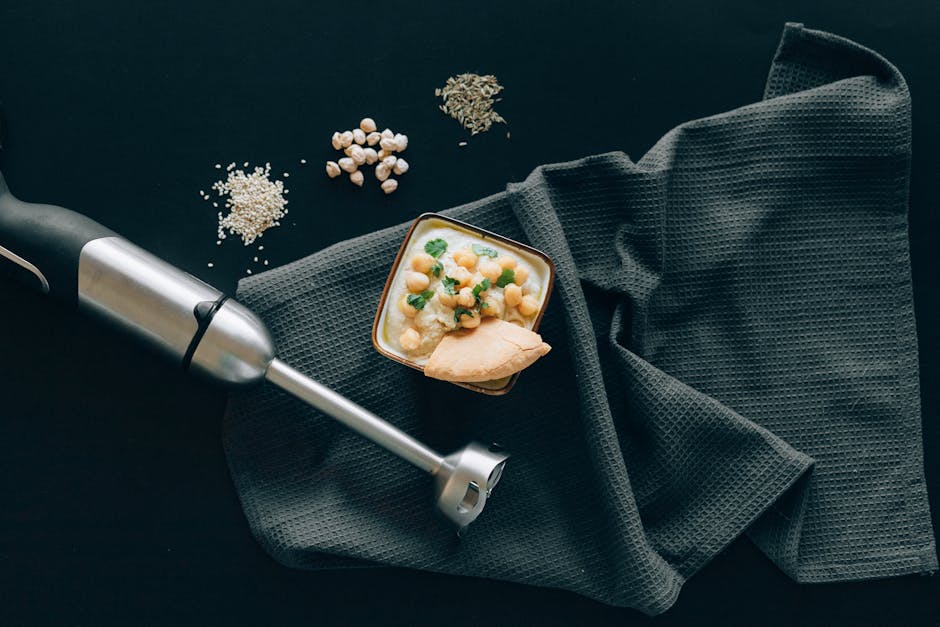The Arabic Alphabet in the Culinary Arts: Recipes and Stories
The world of culinary arts is vast and diverse, echoing the rich tapestry of cultures and languages that fill our planet. One such language, Arabic, not only tells stories through words but also through flavors. Join me as we explore the Arabic alphabet in the culinary arts, where recipes are like letters that compose the delicious stories of the Arab world. 🍲✨
Table of Contents
1. Introduction
2. A Brief Overview of the Arabic Alphabet
3. Culinary Connections: Recipes Representing the Alphabet
4. Stories Behind the Dishes
5. Conclusion
6. FAQs
A Brief Overview of the Arabic Alphabet
The Arabic alphabet consists of 28 letters, each with its unique sound and form. Unlike the linear progression of the English alphabet, Arabic script is written from right to left, adding a beautiful flow to its presentation. This script is not just a means of communication but an art form, often found in calligraphy and decorations. But did you know it also has a place in the kitchen? 🧑🍳
Culinary Connections: Recipes Representing the Alphabet
Let’s embark on a flavorful journey where each letter of the Arabic alphabet is represented by a delightful dish. Here are a few highlights:
A – „Arayes“
Deliciously stuffed pita bread, Arayes are filled with a blend of spiced meat and sometimes cheese, then grilled to perfection. It’s a popular street food that starts our culinary alphabet on a scrumptious note. 🍞
B – „Baba Ghanoush“
This smoky, creamy eggplant dip is a staple in Middle Eastern cuisine. Baba Ghanoush is not only a delight to the palate but also a dish that embodies the rich cultural heritage of the region. 🍆
T – „Tabbouleh“
A refreshing salad made with parsley, mint, tomatoes, and bulgur, Tabbouleh is a vibrant dish that brings a burst of freshness to any meal. Perfect for those sunny afternoon gatherings. 🥗
Stories Behind the Dishes
Each dish in the Arabic culinary alphabet tells a story, often rooted in family traditions and cultural celebrations. For instance, Arayes might remind one of childhood memories spent at bustling markets, while preparing Baba Ghanoush could be a reminder of family gatherings filled with laughter and sharing. These dishes are not just recipes; they are narratives of love, culture, and history told through taste and aroma. 🌍❤️
Conclusion
The Arabic alphabet offers more than just a set of symbols; it provides an entryway into a world rich with flavors and traditions. By exploring recipes that align with each letter, we can savor the stories of the Arab world, one delicious bite at a time. Whether you’re an adventurous cook or a curious eater, there’s always something new to discover in the culinary arts. Bon appétit! 🍽️
FAQs
What is the Arabic alphabet?
The Arabic alphabet is a script consisting of 28 letters, written from right to left. It’s used in various languages across the Middle East and North Africa.
How does the Arabic alphabet relate to food?
Each letter can represent a dish or ingredient from Arabic cuisine, creating a flavorful exploration of cultural dishes.
Can I try making these recipes at home?
Absolutely! Many Arabic recipes are accessible to home cooks. Start with simpler dishes like Tabbouleh or Baba Ghanoush and gradually explore more complex recipes.
Where can I learn more about Arabic cooking?
Consider exploring cookbooks dedicated to Middle Eastern cuisine, attending cooking classes, or following culinary blogs that specialize in Arabic recipes.






